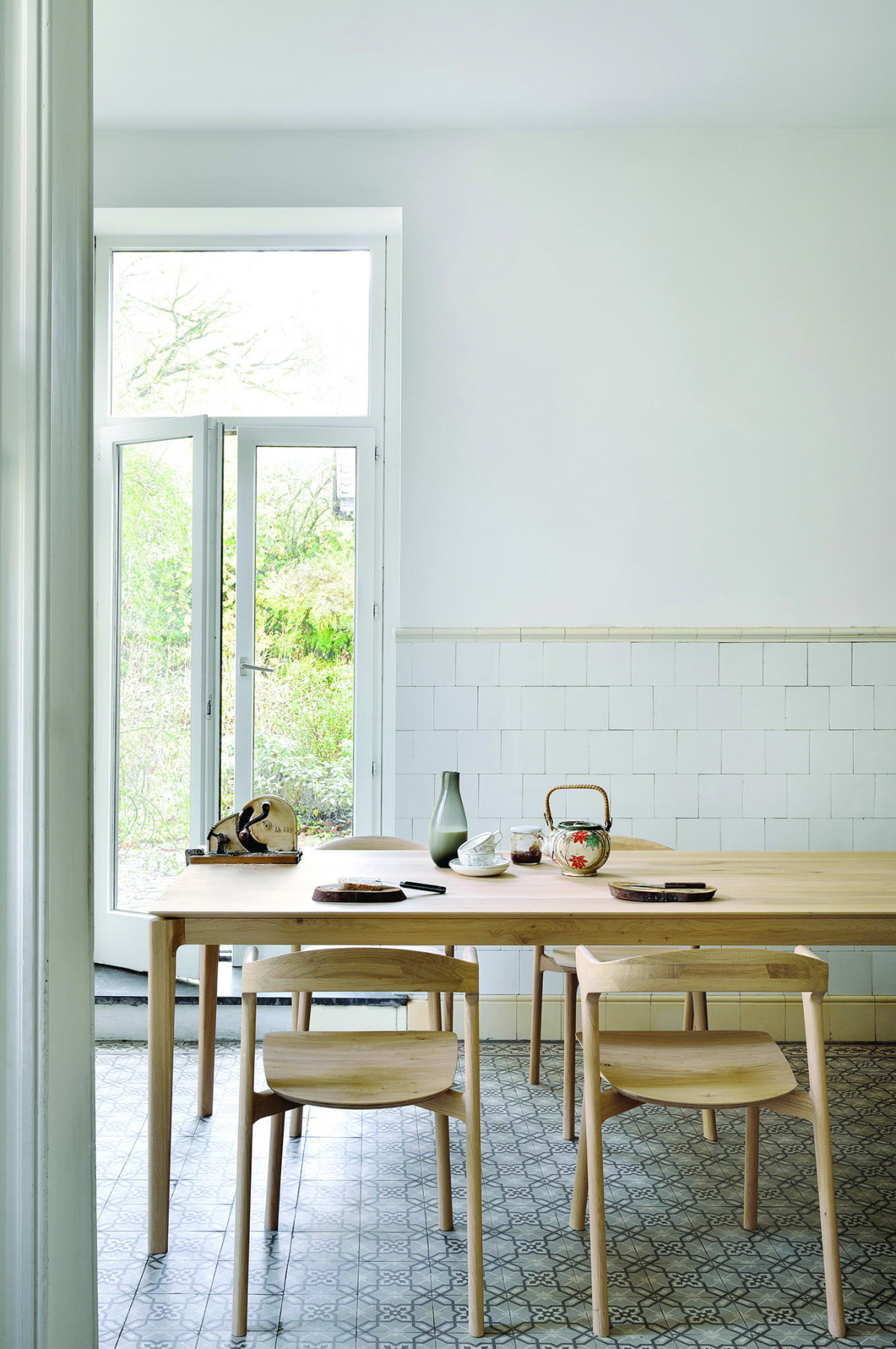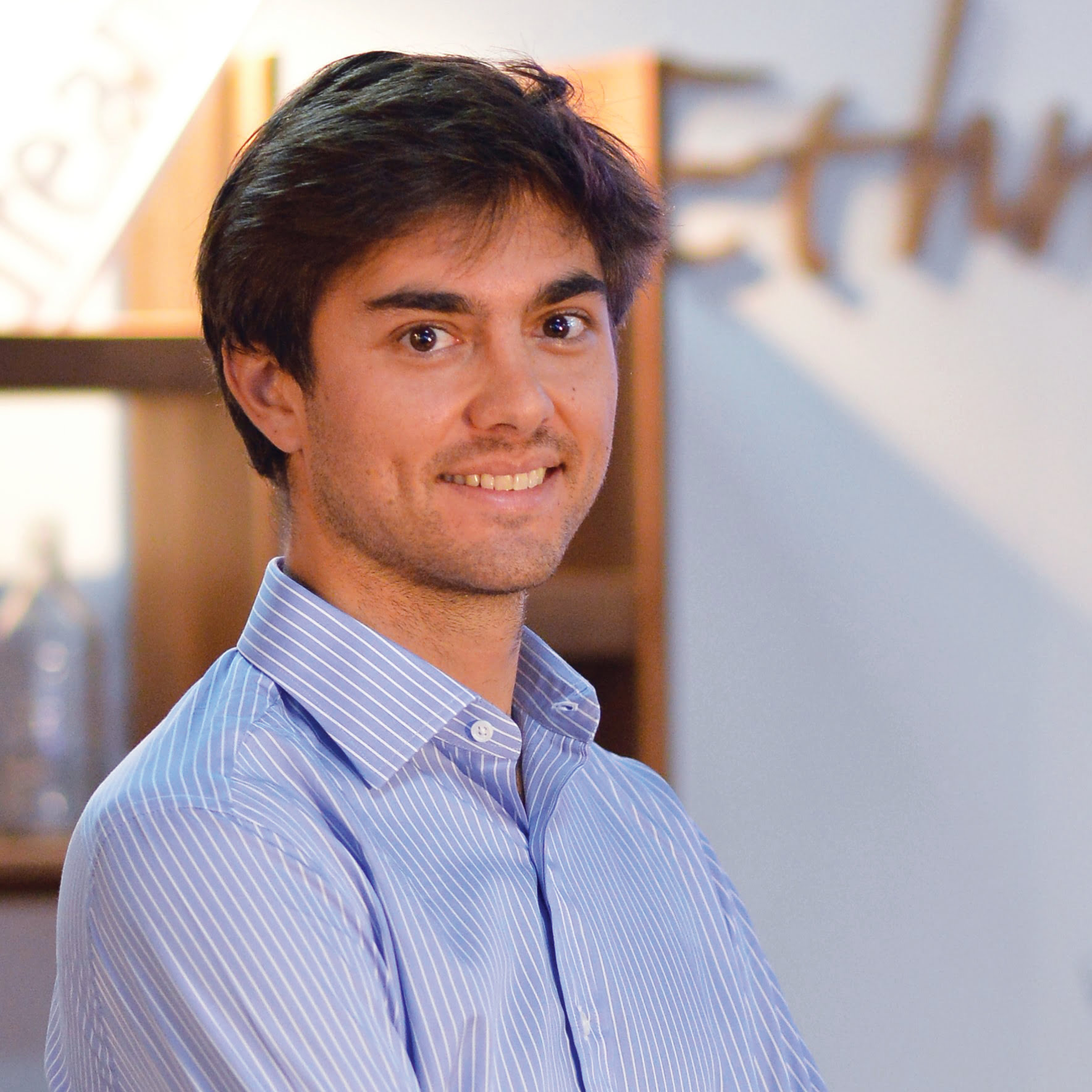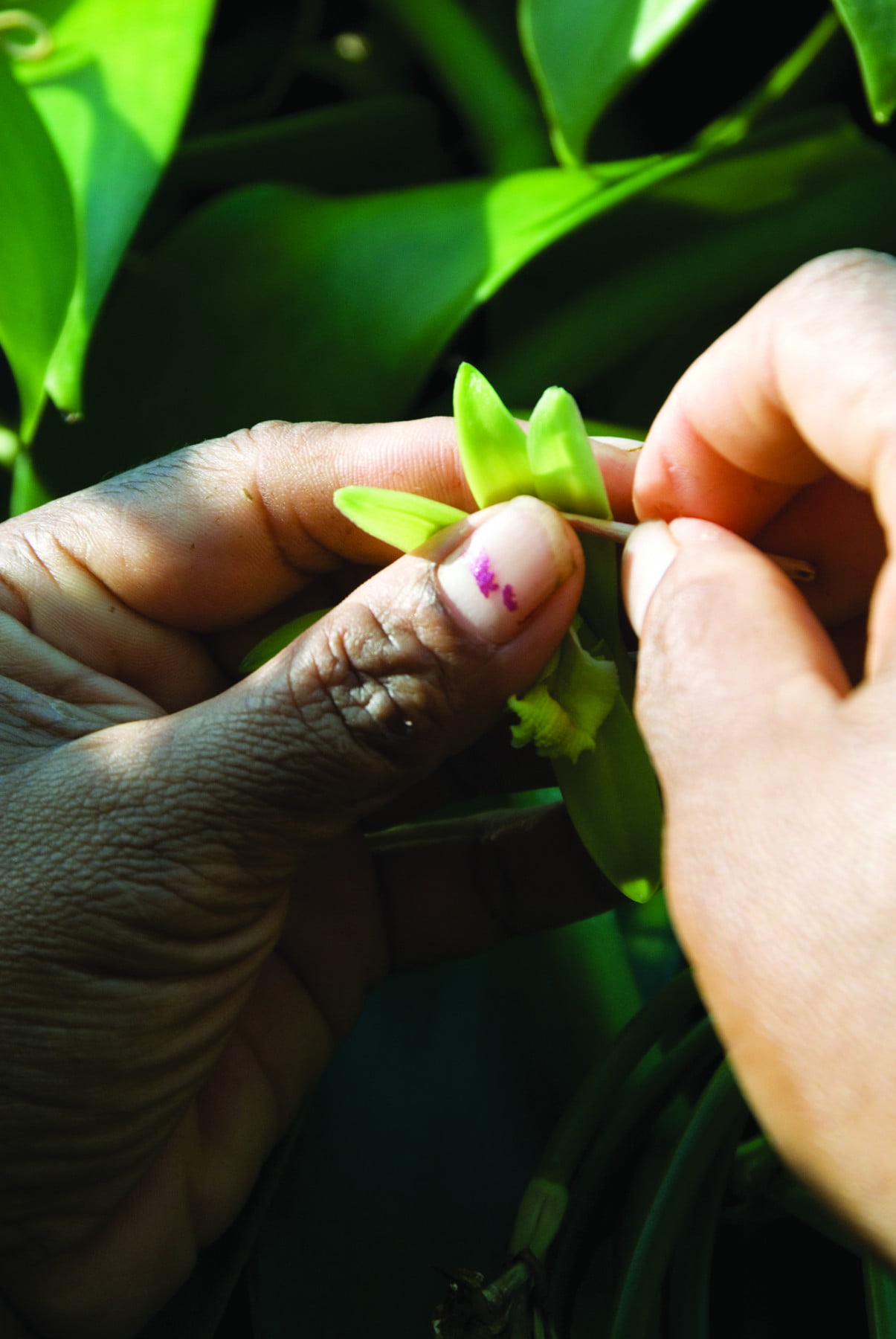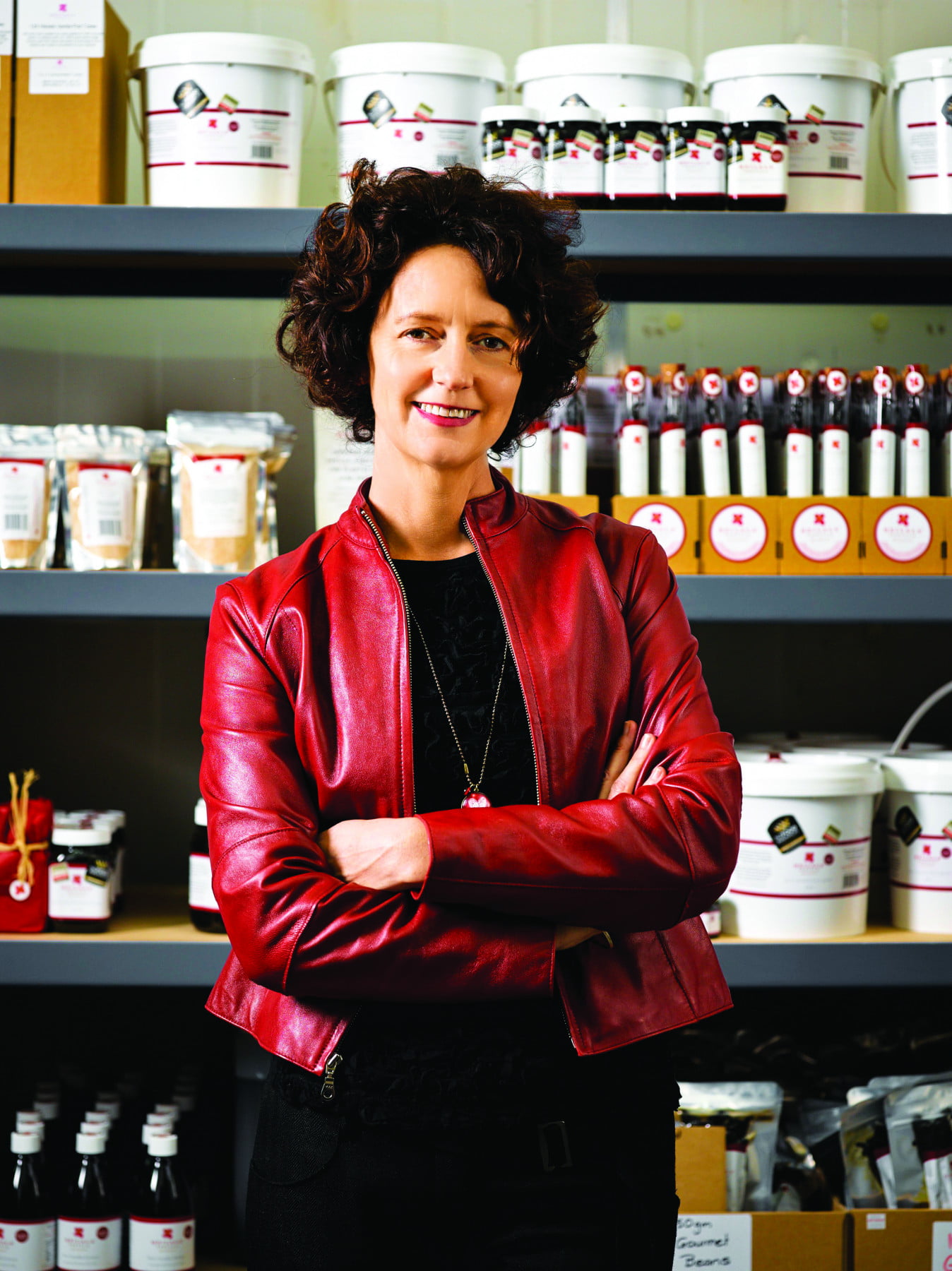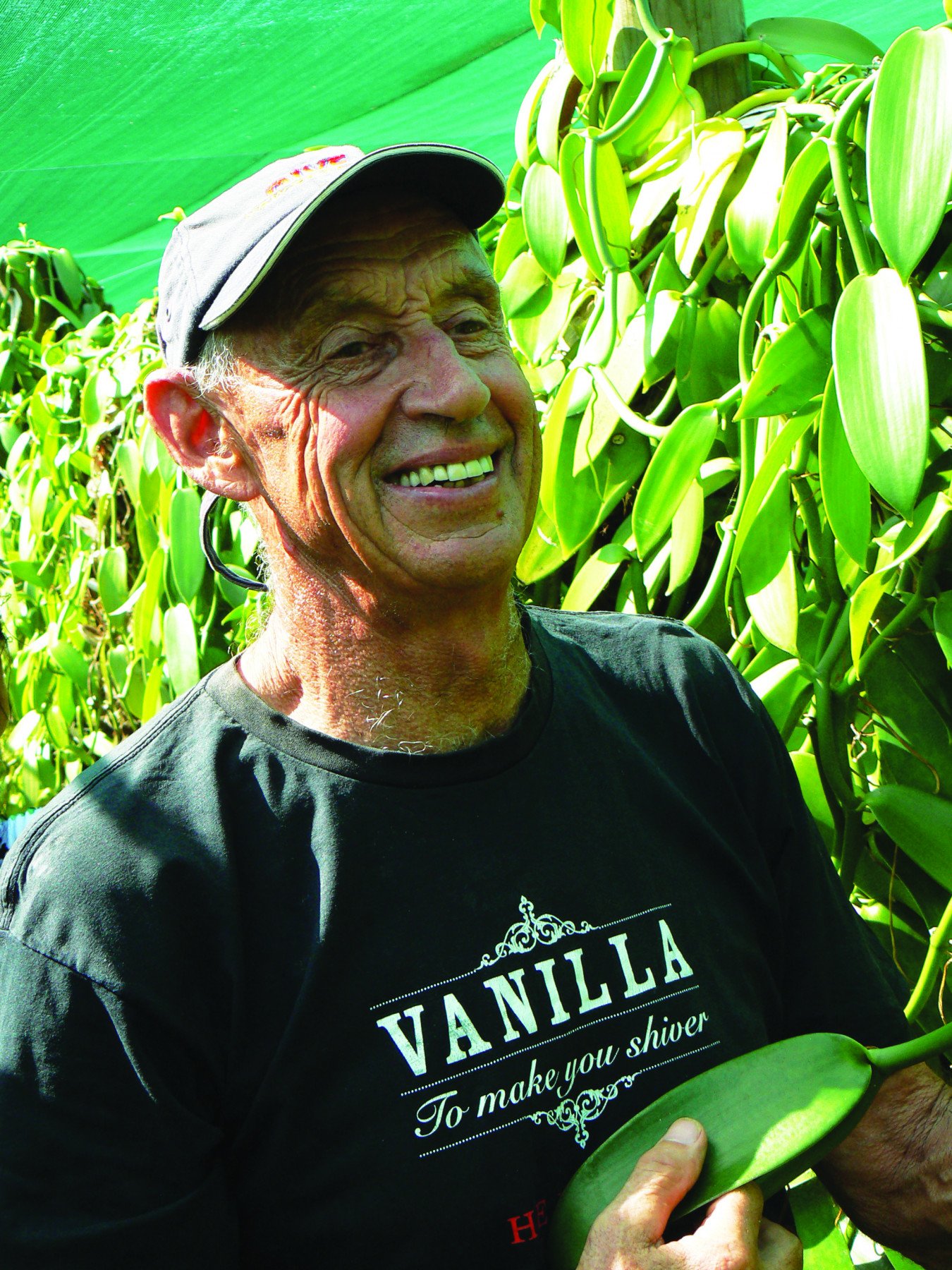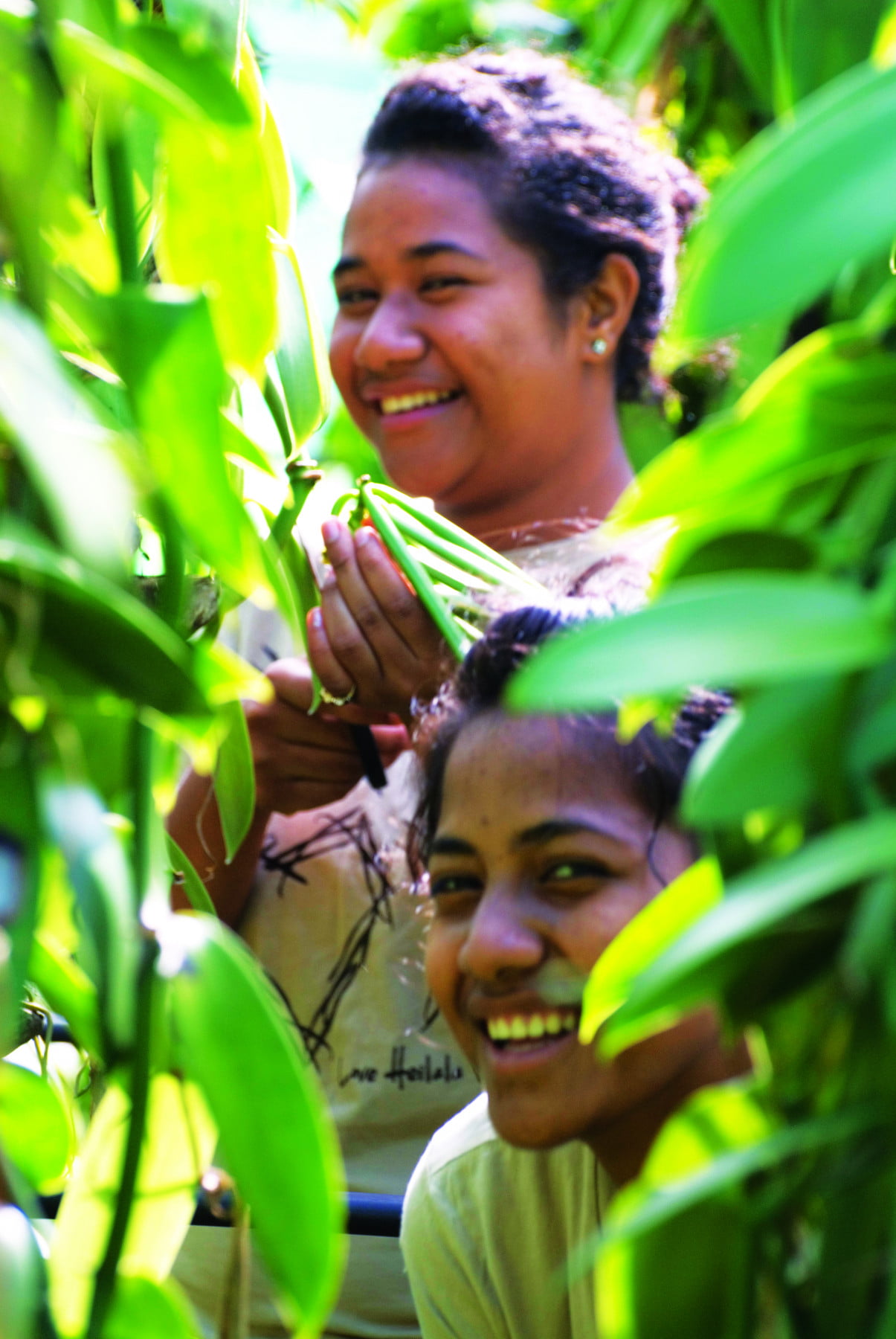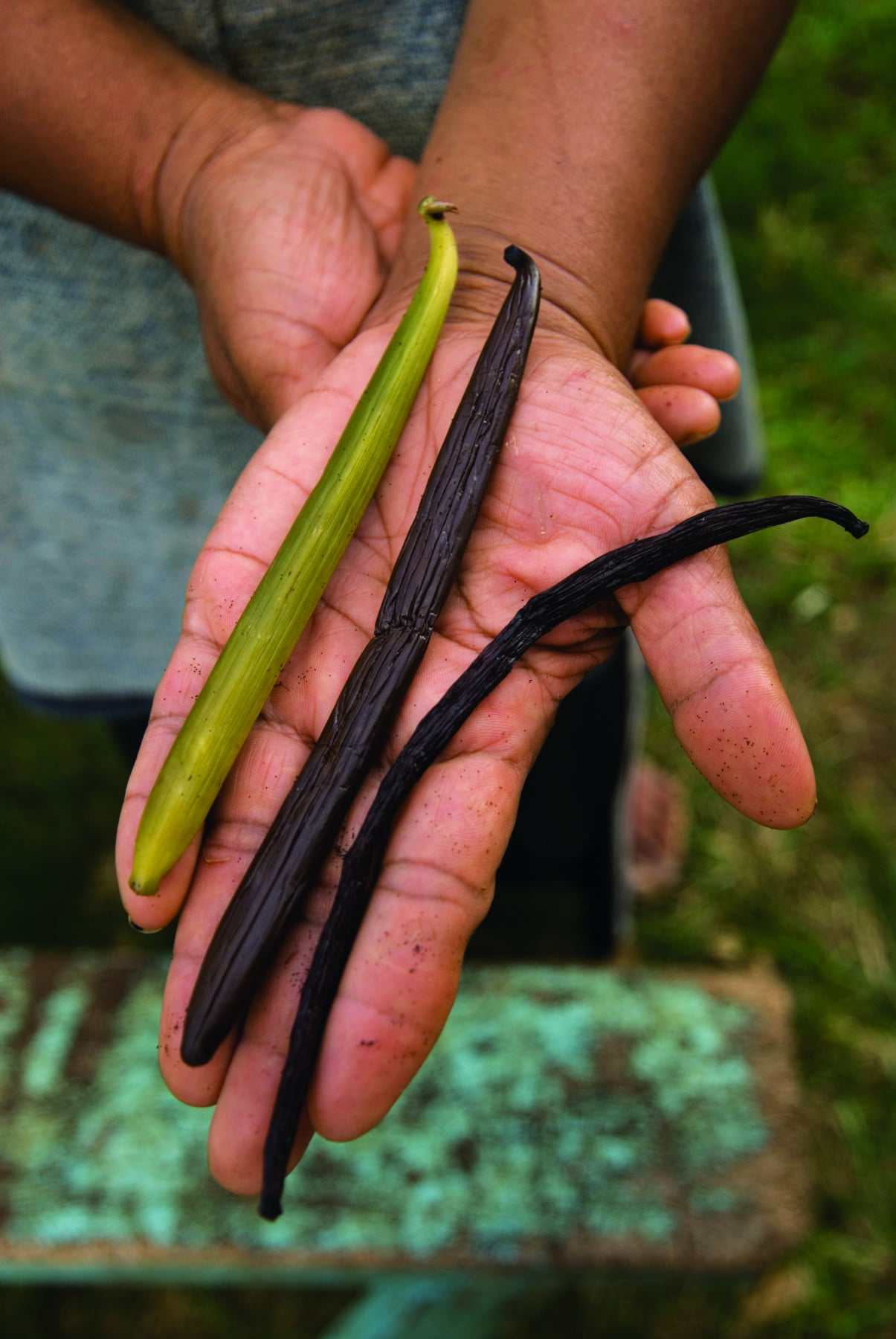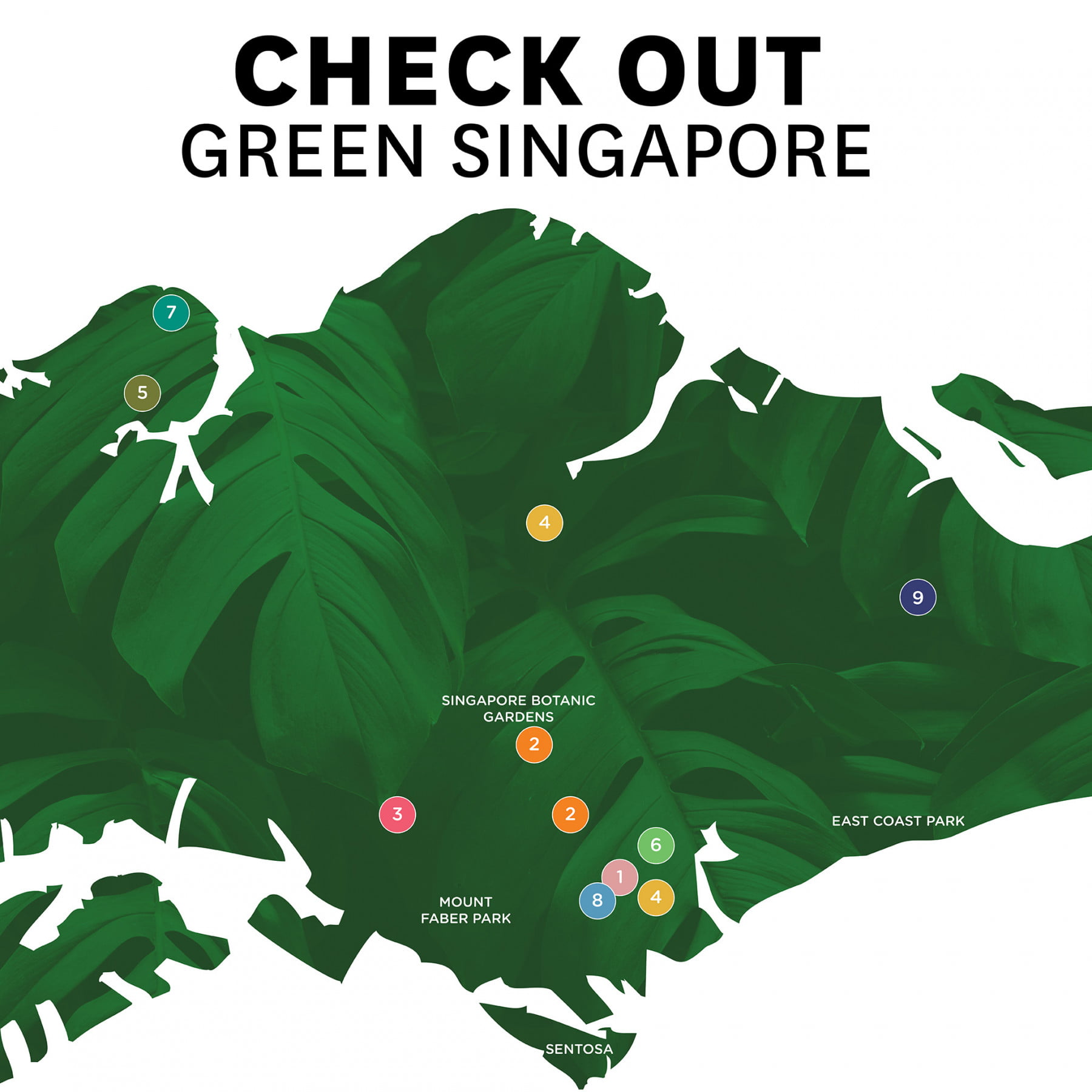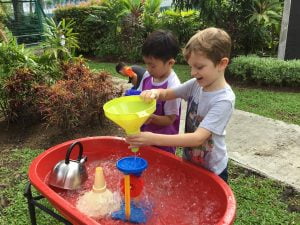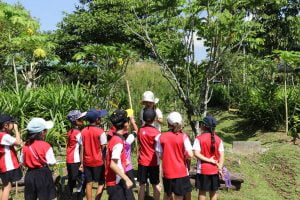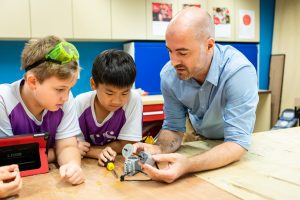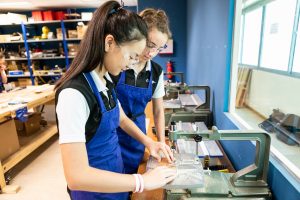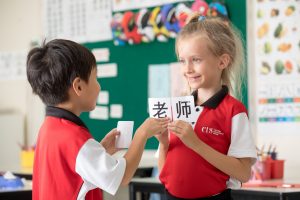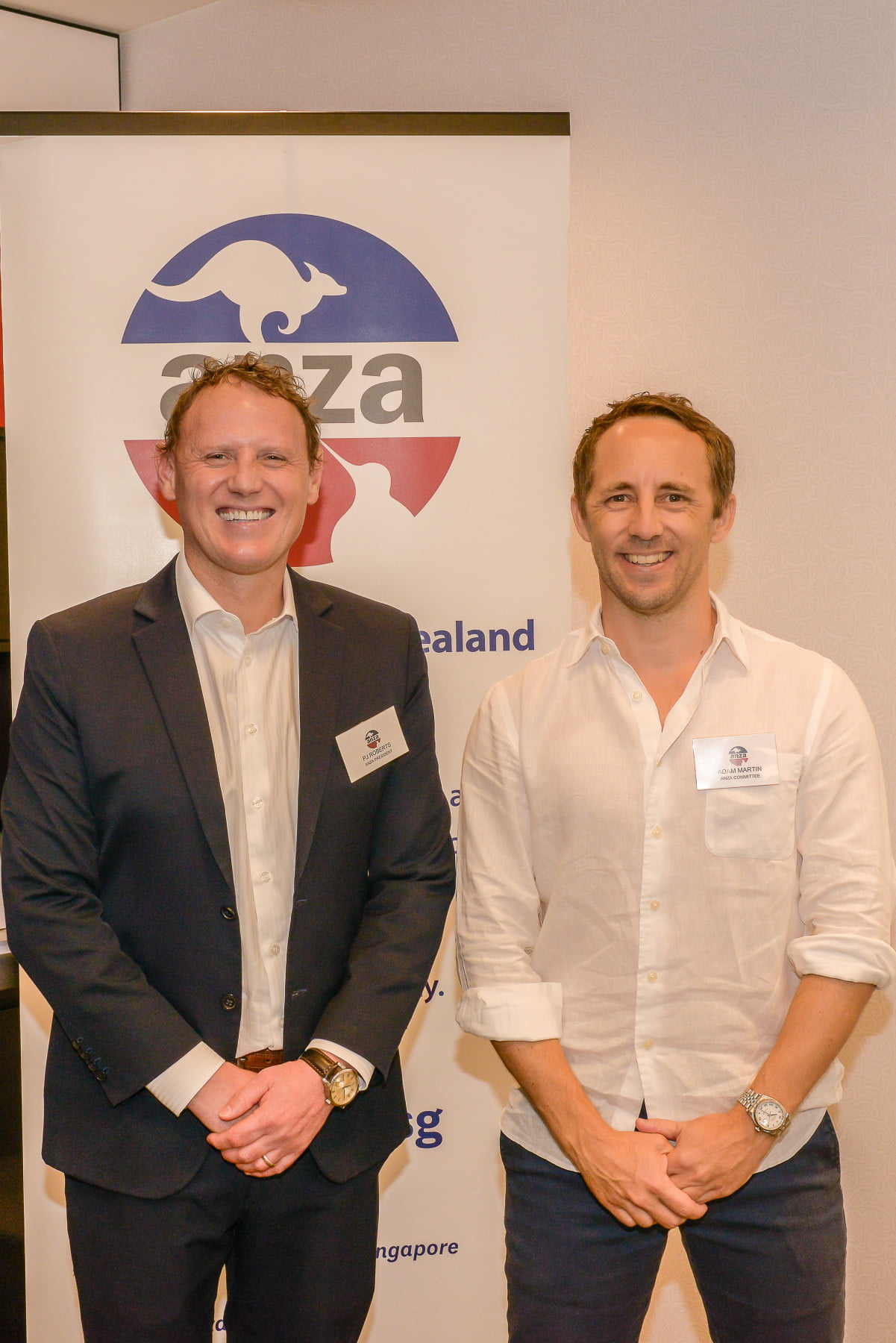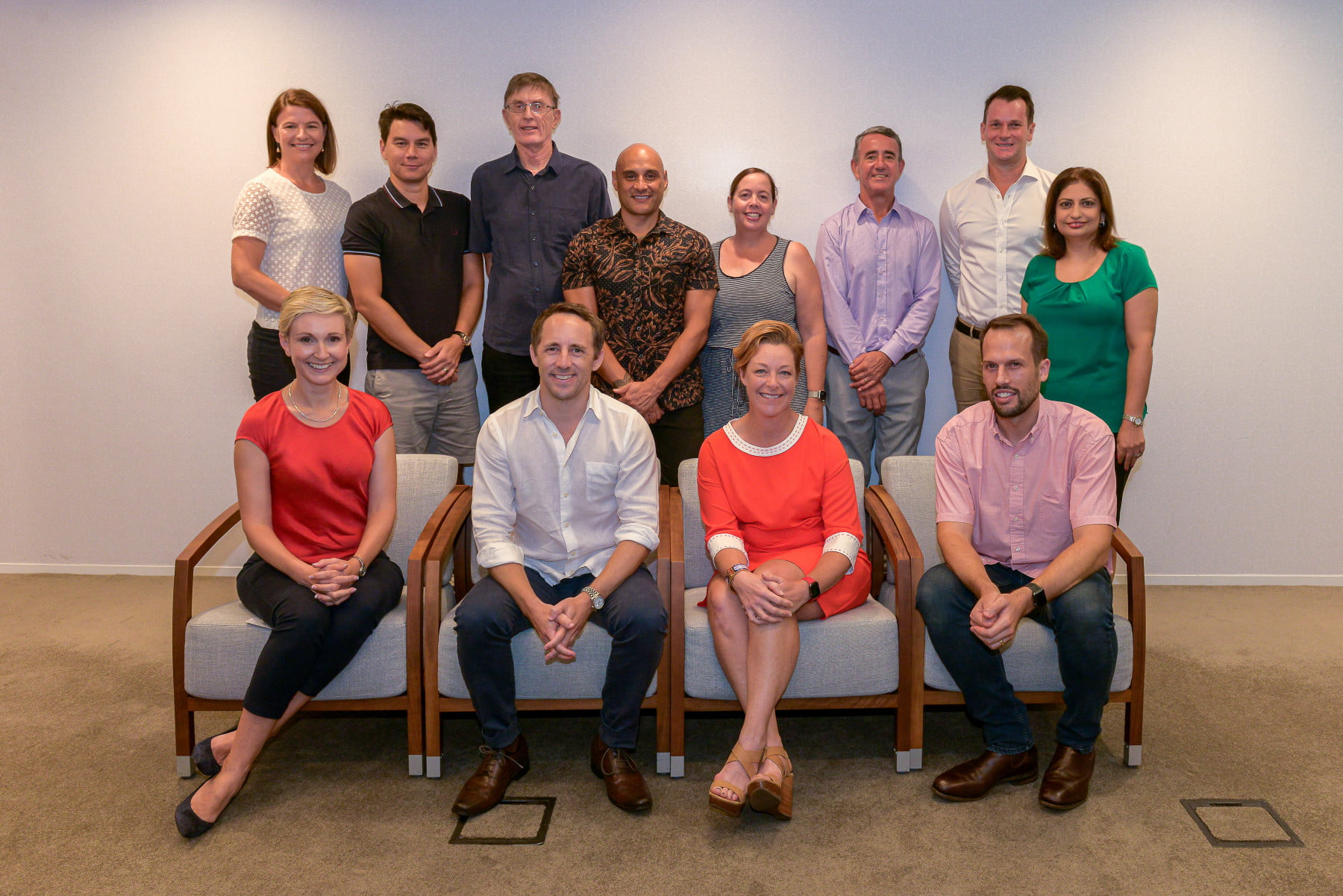- Sponsored Content
Many parents have a tough time judging how much dental care their kids need. They know that they want to prevent tooth decay in their little ones, but don’t always know the best way to do so. Kids will often put up a fight when it comes to caring for their teeth, but the reality is if they don’t, tooth decay can set in, along with a host of painful problems.
The National Institute of Dental and Craniofacial Research states that 42% of children from the ages of two to 11 have had cavities in their baby teeth, and 21% of children from the ages of six to 11 have had decay in their permanent teeth. This makes tooth decay the most prevalent chronic disease in children. To stop your child from being a statistic, prevention starts with you. Here are five basic components of a good preventive program for your child.
Good Home Care – A Team Effort
A good home care routine is essential. Even before teeth appear, your baby’s gums can be gently cleaned with a washcloth. Once teeth appear, you can clean them with a soft baby brush and water. From ages 3-6, a pea-sized amount of kid’s toothpaste can be used – parents should ensure that their kids are spitting out, not swallowing their toothpaste. From 7 years, a pea-sized amount of adult’s toothpaste can be used. Your kids should be brushing their teeth twice daily.
Flossing is necessary in kids, especially if they don’t have gaps between their teeth. This should be done once daily. As your child grows, so will their independence, but don’t be too quick to let them brush and floss on their own. Children are not coordinated enough to clean their teeth thoroughly until they are about eight to 10 years old. Until then, you will have to work with them as a team.
Start Dental Visits Early
Make your first dentist visit when the first tooth becomes visible or when your child turns one – whichever comes first. While you might not think it’s necessary to book an appointment until your baby has a full set of teeth, which occurs at about age three, the earlier your child visits the dentist the better. This allows your child to get used to the dental clinic and your dentist to check the growth and development of their teeth. This also is a great time to ask questions about teething, fluorides, home care, pacifiers and thumb-sucking. Children should visit their dentist every six months.
Fight Acid Attacks with Healthy Snacks
When the bacteria in your mouth are fed sugars, they produce acids which break down your teeth. These acids are produced approximately 20 minutes after eating and are responsible for dissolving tooth enamel and causing cavities in children.
To prevent baby bottle tooth decay, avoid putting any sugary drinks in the bottle, limiting the contents to formula, milk and water. Avoid putting your baby to bed with a bottle containing anything other than water. The sugars in formula and milk can damage their teeth while sleeping.
Try to limit their consumption of sugary foods and drinks such as lollies, soft drinks and even savoury biscuits, snack bars and muffins. If you do give your child a snack- its best to stick to mealtimes only and limit grazing. Choose unprocessed foods such as vegetables, cheeses and lean meats. Your child’s diet plays a significant role in the prevention of tooth decay – discuss your child’s diet with your dentist at their next check-up.
Fluoride Makes Strong Teeth
Fluoride is a mineral that helps strengthen tooth enamel and makes teeth more resistant to decay-causing acids in the mouth. There are many sources of fluoride: Community water supplies, fluoride toothpastes, rinses and gels, fluoride supplements and fluoride treatments at the dentist. If your child displays a high risk for dental decay, your dentist will recommend a fluoride treatment as part of their six-monthly check-up.
Seal Out Tooth Decay
The chewing surfaces of a child’s back teeth often have very deep grooves where food and bacteria can hide, and cavities can start. The good news is that your dentist can place a clear barrier, called a fissure sealant, into the grooves to protect them from decay. Sealants lasts several years and are a highly effective and important preventative therapy.
If you want to protect your child’s teeth from decay, try to adhere to these five basic preventive strategies. There’s no denying that the payoff will be well worth it: You will have a child with a great smile that is cavity and pain free.
Dr Yasmin Huber


